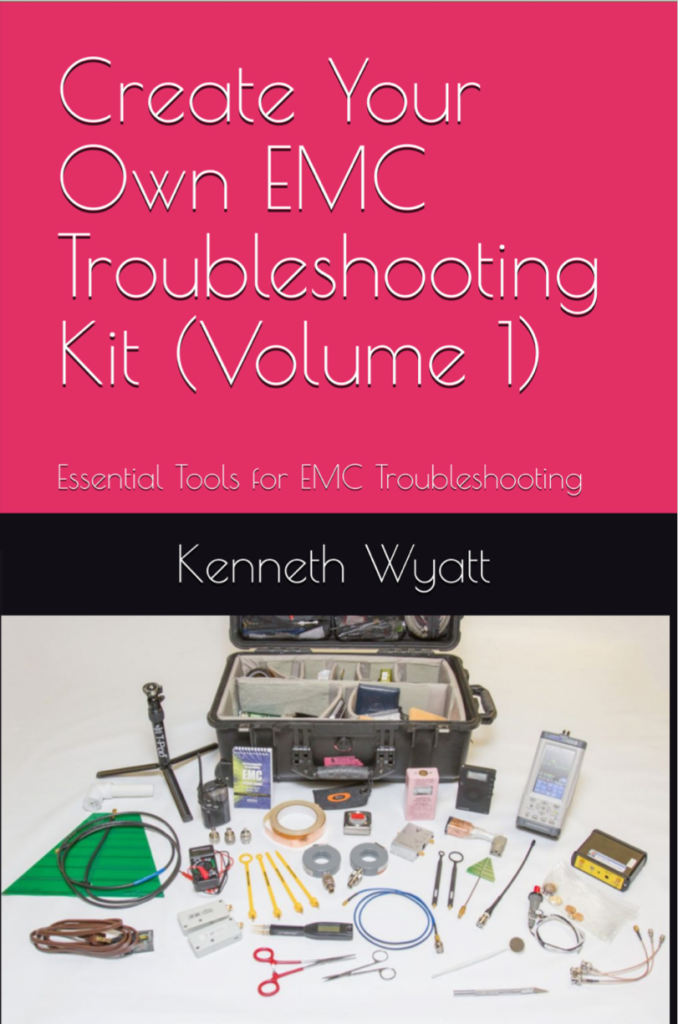My interest in radios and listening to AM “medium wave” (MW) and shortwave (SW) broadcast stations started at an early age. My dad was an electronics engineer and when I was about 10 years old, he made me an excellent performing crystal radio with components built onto a piece of plywood. Connecting a “long wire” antenna to this would bring in local AM broadcast stations, such as KFI (640) and other strong stations in the Los Angeles area. I’d lay in bed listening to stations before dropping off to sleep.
Later, I was given an old GE tube-type AM radio receiver, which could pick up stations across the U.S. during nighttime propagation. I’d log these “DX” (long distance) stations while carefully tuning the bands (530 to 1605 kHz at the time).
In the late 1960s, both my dad and I got hooked on Heathkit products and one Christmas, he bought me a GR-64 AM/SW receiver, which I carefully assembled. This started me on the path of receiving and logging various shortwave stations around the world. He had hooked up a long wire antenna from the house about 100 feet long to one of the farthest power utility poles. Now 1968 was at the peak of solar cycle 20 (NOAA), so reception was extremely good with the highly ionized atmospheric layers, allowing signals to bounce a long way.

Later, both my dad and I purchased the latest portable shortwave radios at the time (1980), the Sony ICF-2001, which was an early synthesizer-tuned AM/FM/SW receiver. I still have this and it still works well and has connections for an external antenna (important for best SW reception). Who can remember the powerhouse shortwave station, HCJB, broadcasting with 500kW from Quito, Ecuador? Unfortunately, the internet and satellite technology has spelled doom for many broadcasters, such as the BBC, Deutsche Wella, and VOA, who have greatly reduced their shortwave broadcasting. But there are still many more countries who continue the tradition. Gayle Van Horn’s Global Radio Guide (Kindle only, now) include up to date listings of MW and SW stations with time and frequency information.
My interest in radios ultimately led me to amateur radio, where I was now able to communicate with other hams throughout the world using these same shortwave bands. This, in turn led me to a career in electronic engineering where I spent most of it in electromagnetic compatibility (EMC) engineering.
So, circling back to late-2020, in reorganizing my storage closet, I ran into a boxed Radio Shack AM/FM/SW portable receiver (20-125) I’d purchased years ago and had never even opened. It receives AM (530 to 1710 kHz), FM (88 to 108 MHz) and SW (2.3 to 26.1 MHz). It uses 3 AA cells.
This radio (YouTube review) was unique in that it included 10 memory buttons for each band selected. So now I have ready access to the best received stations on MW, SW and FM broadcast. I can also directly enter frequencies, which is helpful. The scanning function seems to work well in locking onto active frequencies. It also includes a dual-time clock that I set for local and UTC time. The timer will automatically turn on the radio when you want and the sleep timer will let it play for a set amount of time before turning off. While it lacks an external antenna connection for my long wire antenna, merely connecting the end of it to the built-in antenna boosts the signals a great deal. A sensitivity switch reduces sensitivity for local stations.
So tonight, located in Colorado and reliving my childhood, I’m laying in bed listening to AM stations 50kW KFI (Los Angeles), KCBS (Los Angeles), KRVN (Nebraska) and others around the country – and this with nothing more than a built-in “loopstick” ferrite core antenna! Despite the poor propagation conditions (we’re in the bottom of the sunspot cycle) I can also hear several shortwave stations – mainly religious broadcasters from the U.S.
Radio Shack no longer sells much in the way of shortwave radios, although you can still find the excellent-quality DX-150 and DX-160 tabletop AM/FM/SW receivers in the used market. If its a portable radio you want, then the best brands are Eton (who purchased the Grundig line of products a few years ago), Sangeon, Tecsun, C. Crane and Retekess. Some of the more avid AM and SW listeners have turned to software-defined radios (SDR), such as SDRplay, RTL-SDR, and Airspy HF+ Discovery. As the current sunspot cycle continues building, expect to hear a lot more worldwide shortwave stations!
Resources:
- Monitoring Times (archived/out of publication), http://www.monitoringtimes.com/html/home_pages.html
- Global Radio Guide, Gayle Van Horn, https://www.amazon.com/gp/product/B08PHX81Z1/
- The Spectrum Monitor (a current monthly radio monitoring guide), https://www.thespectrummonitor.com/index.aspx



